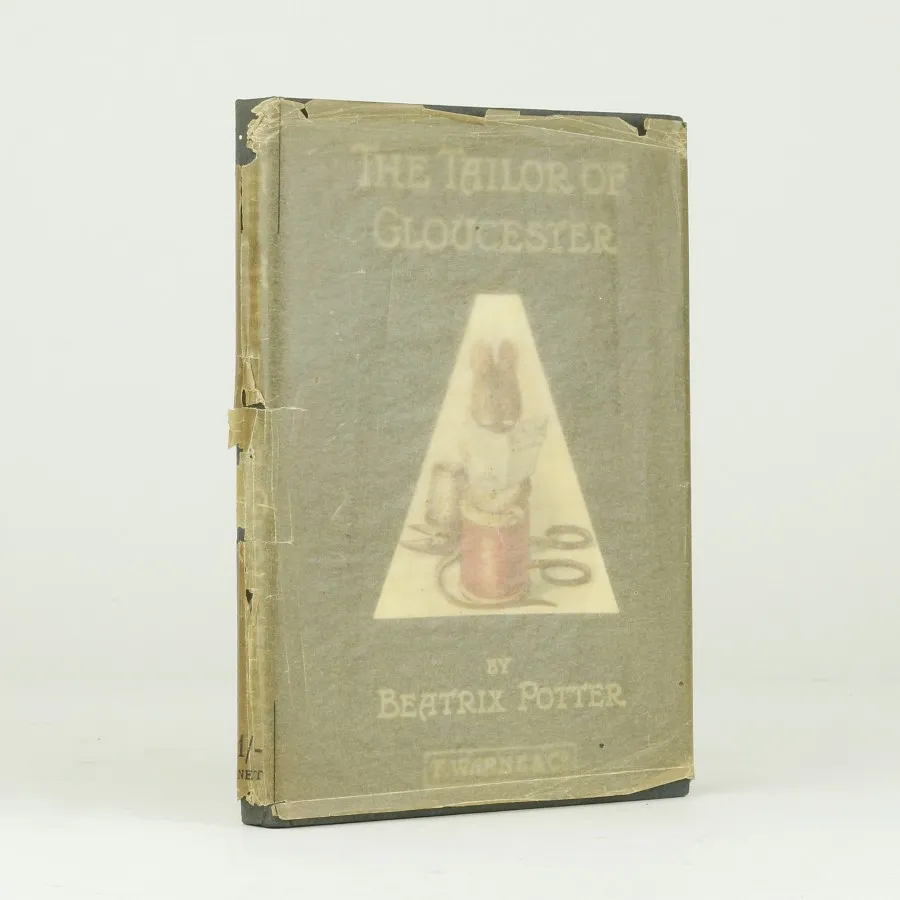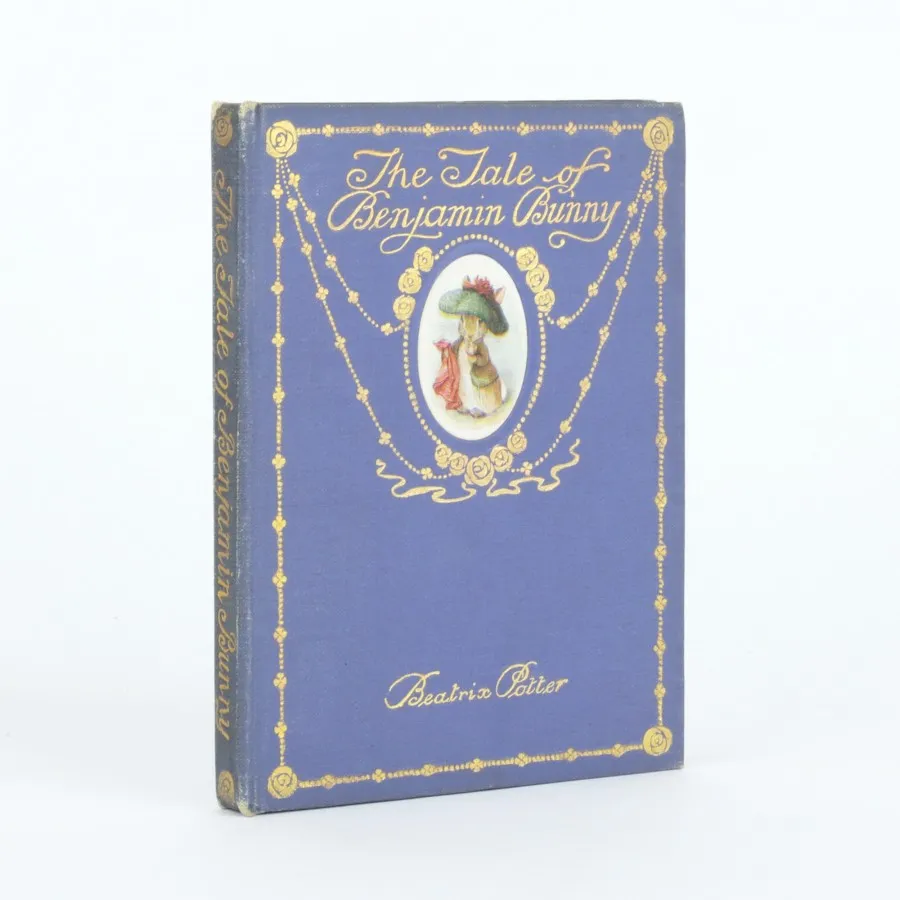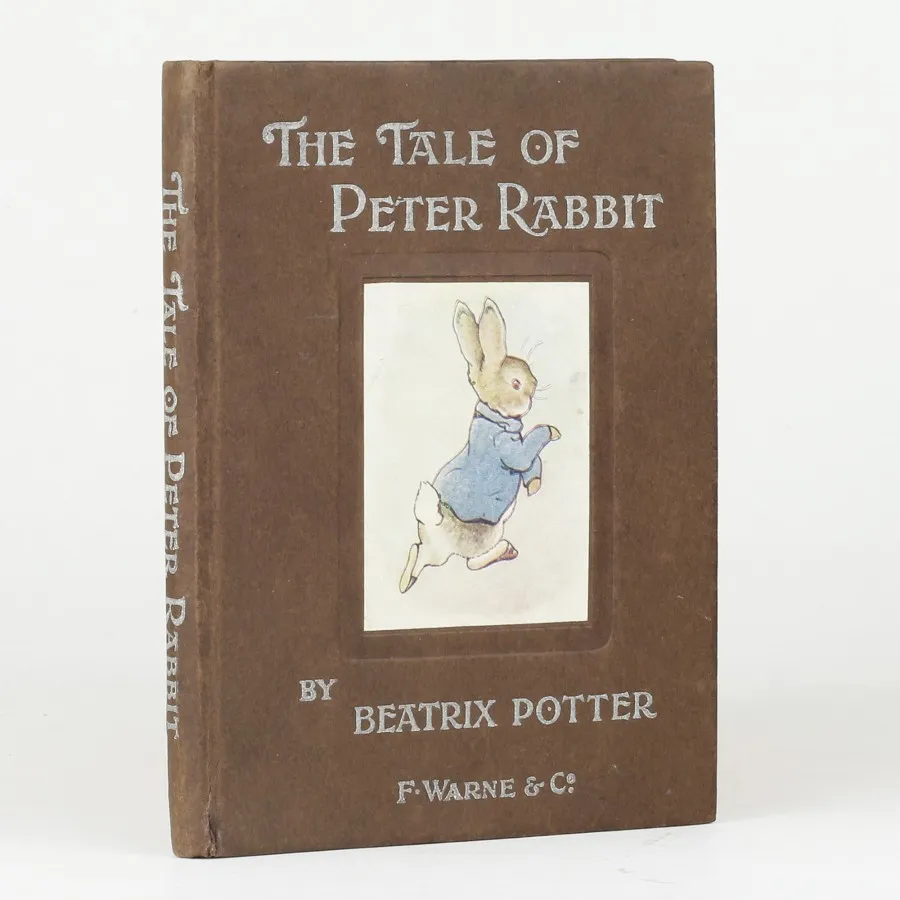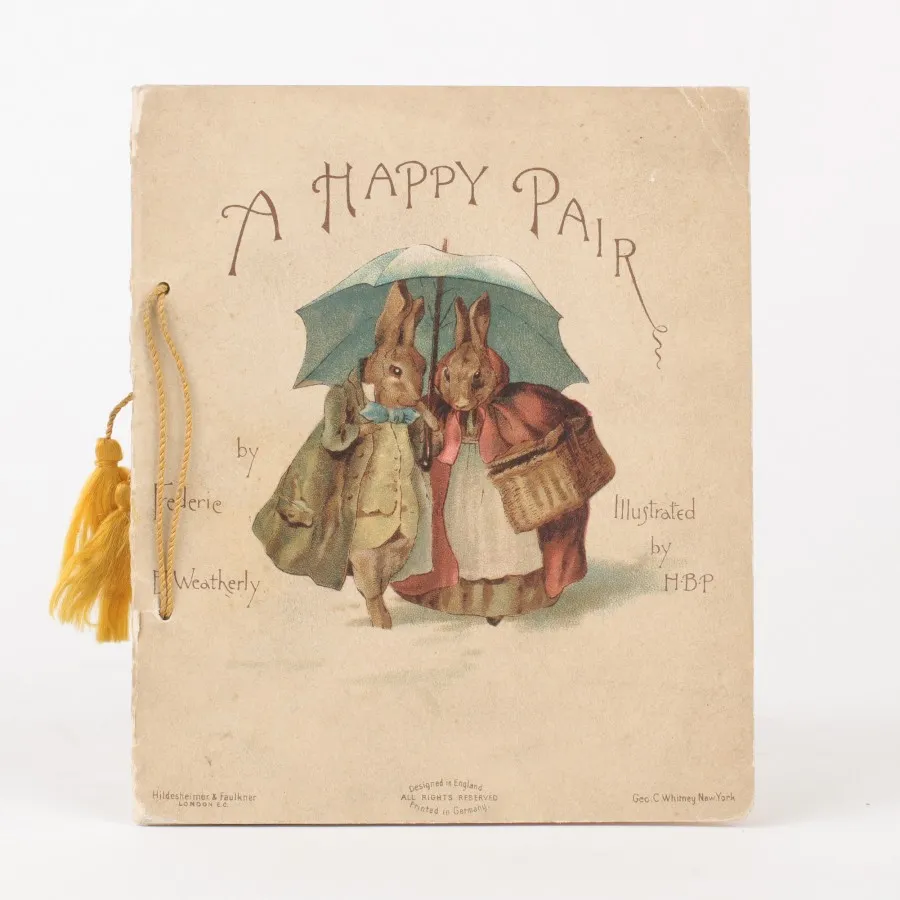From Peter Rabbit and Jemima Puddleduck to Appley Dapply’s Nursery Rhymes, Beatrix Potter’s tales have been among children’s literary favourites for decades. Born Helen Beatrix Potter, the English writer, illustrator, and conservationist wrote 30 books and illustrated 28 during her life, 23 of which were her children’s tales she is arguable most famed for. Her legacy lives on almost 80 years after her death, proven by the recent films of not only an adaptation of her book, The Tale of Peter Rabbit, but of her life, too.
‘Beatrix Potter was at the forefront of a change in children’s literature at the turn of the 20th-century’ says Christiaan Jonkers, founder of Jonkers Rare Books. ‘Children’s books produced by the early Victorians tended to be educational or religious and while there was a move towards a more imaginative style of writing from the middle of the 19th-century, the books still tended to be written as books for adults to read to children.’

The rise in popularity of Potter’s books was largely down to her pioneering idea to make books more child-friendly, originating as letters to children that they could read themselves. ‘When the books were published, Potter insisted they be of a small size so they would fit easily in a child’s hand and be inexpensive (a shilling each) to make them as accessible as possible,’ says Christiaan. But it wasn’t just the physical qualities of the book that she thought about, but how she told her stories, too:‘She had a style of writing that was accessible to children without being condescending, and her understanding of nature made the books realistic.’
You might also like collecting first-edition Jane Austen books
Potter’s books became collectable ‘almost immediately’ after they were published. She had a rare business-savvy approach to making her stories a success, as Christiaan explains ‘she was one of the first author’s to really exploit the merchandising possibilities of her books. As early as 1908, there were adverts for games, clothing, colouring books, even a set of slippers.’

Despite her work being tailored to a younger audience, some of the earliest known collectors were adults. ‘There is evidence of people collecting Potter’s work in the late 1920s, but after the war it was more prominent with people like Jane Quinby in America who was Potter’s first bibliographer in 1954,’ explains Christiaan. And it was around this time that the most prolific collector of her works, Leslie Linder, emerged: ‘for a thirty-year period, Linder scoured the land for books, manuscripts and drawings by Potter, building up a collection the quality and size of which will never be equalled.’ Linder’s collection was given to the Victoria & Albert Museum following his death in 1973, where visitors can still view it today.
Beatrix Potter’s books are as collectable today as ever, and first editions are ever more valuable. ‘They have steadily increased in value over the twenty to thirty years we have been selling them,’ says Christiaan. ‘The trick has been to buy copies in the best possible condition as they have gone up the most.’ First-editions are difficult to come by, especially ones in good condition, as they were made from paper covered boards that children were unlikely to be delicate with. ‘Although they were published in reasonable numbers originally, the vast majority of first editions have now been badly damaged,’ say Christiaan, adding that‘first editions are also not entirely straightforward to tell from reprints, so it is wise to buy from a reputable specialist rather than at auction.’
You might also like how to identify first edition books
The rarity of these books only adds to their value. Particular covers are incredibly sought-after despite being difficult to find. ‘Most of the little books’ covers featured colourful illustrations inlaid on the upper cover. They were all issued with a glassine dust wrapper, plain on the upper cover but with adverts on the rear and flaps. These are now very rare,’ say Christiaan. Other first editions covered in a decorative moiré cloth, released in 1904, are also a rarity and are typically more expensive.

But it may come as a surprise that the rarest of Beatrix Potter’s works aren’t her tales or imaginative stories, but her creations that came before: ‘About ten years before Peter Rabbit was published, a very young Beatrix Potter sold a collection of drawings to a greetings card producer called Hildesheimer & Faulkner, who made two little books containing her illustrations to accompany some verses, called The Happy Pair and Our Dear Relations, both of which are incredibly rare,’ explains Christiaan, who currently has a copy of the former in his shop – on sale for £30,000. Though many collectors of her work might prioritise her most famed tales, the more serious buyers will want to keep a keen eye out for these pieces.

